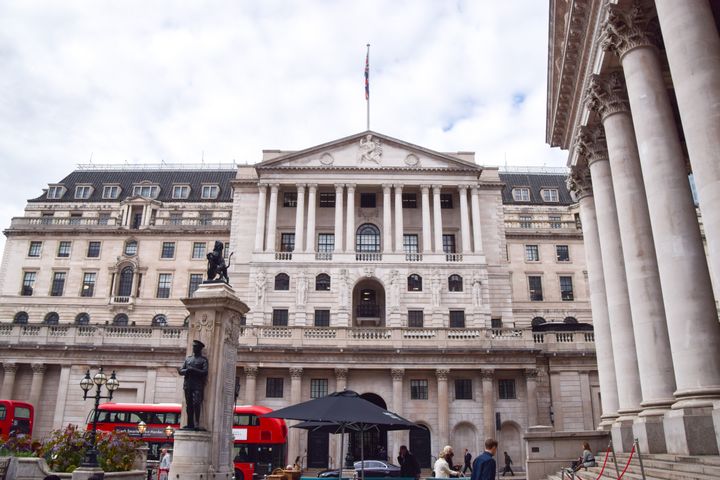
British government bond prices tumbled on Monday in a sign that investors are yet to be convinced by chancellor Kwasi Kwarteng’s efforts to win back credibility following his disastrous mini-budget.
Here’s what’s what’s happened, what it means and why it matters.
What are bonds and yields?
Bonds – also known as gilts – are loans that investors make to a bond issuer and can be issued by companies or governments to raise money. Put simply, they could be described as a form of “IOU” – with the money repaid with interest by a certain date.
The yield on a bond is the amount of money an investor receives for owning the debt and is represented as a percentage of its price. When a bond price falls, its yield rises. Yields fall when investors are less willing to own the debt, meaning they will pay a lower price for the bonds.
Alarm bells were ringing in the aftermath of Kwarteng mini-budget when yields on 10-year UK government bonds hit about 4.5% on September 27 – the highest since the 2008 financial crisis, and more than triple the 1.3% rate at the start of the year.
The higher yield reflected fears investors had in the state of the UK economy, and impacts how much interest banks charge for various types of loans, most notably mortgages.
Surging yields forced the Bank of England to intervene to try to create some stability, announcing it would buy bonds “on whatever scale is necessary”. The Bank stepped in to calm markets after some types of pension funds were at risk of collapse.
What has happened today?
On Monday, the interest that the government pays on its loans rose to the highest point since the Bank stepped in two weeks ago to calm markets.
The yield on the 10-year UK government gilts reached as high as 4.6% on Monday. It was a rise from 4.2% on Friday.
When bond yields rise, it results in higher borrowing costs for the government – leading to decreased spending.
Why is this worrying?
The spike in yields came despite a flurry of efforts to re-instill confidence – meaning the markets still appear to have lingering fears about the state of the UK economy and the government’s plans to shore it up.
On Monday, the Bank ramped up its UK bond-buying plan to ease the mini-budget market turmoil as it looks to avoid a cliff-edge when the programme draws to a close on Friday.
The Bank said it will double the daily limit on its gilt-buying programme to £10 billion as part of measures to ensure an “orderly end” to the plan in its final week.
It comes amid fears the October 14 deadline set by the Bank for the bond-buying scheme could see a return to the pension fund woes that left some on the brink of collapse and threatened to spill over into the wider financial system.
Meanwhile, Kwarteng said he will bring forward the publication of his financial strategy and independent economic forecasts to October 31. The chancellor included £45 billion of tax cuts in his mini-budget but no details on how they would be funded.
The Treasury also announced that a civil servant with extensive budgetary experience, James Bowler, will head its staff. Kwarteng’s sacking of his predecessor Tom Scholar had added to investor nerves around Britain’s new economic agenda.
The sharp rise in yields was specific to Britain, as French, German and Italian bonds showed much smaller increases in yields.
By the end of the day the FTSE closed down 32 points, ending at 6,959.
Sterling also fell, down 0.4%, as one pound could buy a little over 1.1 dollars – low, but above recent troughs.
